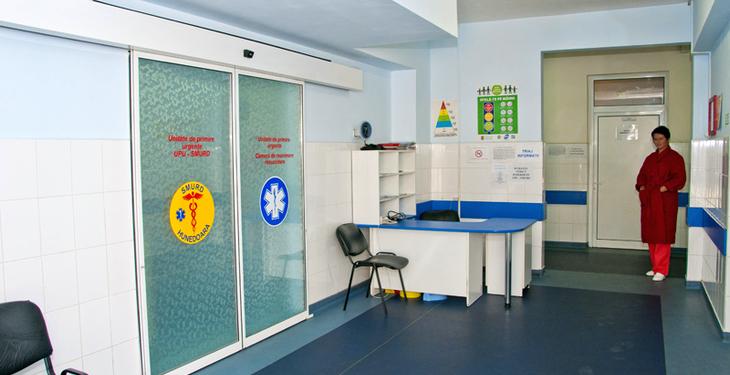National standards for optimal indoor temperatures are 20°C in both the bedroom and the living room. A higher temperature should be in the bathroom, exactly 22°C, while in the kitchen they are more than sufficient 18°C. In the case of office buildings and administrative buildings, the optimum temperature is also 20°C, except for changing rooms, where the temperature must be 22°C.
The temperatures for the educational buildings are also set. In the classrooms, laboratories, amphitheaters, conference rooms, the optimal temperature is 18°C. In the play rooms in nurseries the ideal temperature is 22°C, and in the play rooms in kindergartens, 20°C. In hospitals, the temperature in the wards for patients should be 22°C, while in maternity hospitals it reaches up to 25°C.
The new national standards, based on the European ones, were developed by the National Standardization Body of Romania (ASRO), within the framework of the Efficient Romania program, carried out by the Energy Policy Group (EPG). The standards are already in force and they will be mandatory after the publication of the “Methodology for calculating the energy performance of buildings”, regulation whose elaboration is the responsibility of the Ministry of Public Works, Development and Administration and which is to be published this year.
New buildings, as well as existing ones that will undergo a major renovation, must meet, starting with this year, new standards regarding optimal temperatures, indoor air quality, noise level and lighting, to ensure a healthy and comfortable indoor climate. They are mandatory for building designers, because the energy efficiency of the building must be considered from the design stage, in order to obtain the building permit. Also, the standards should be taken into account by the energy auditors, when evaluating the energy performance of buildings.
“Previously there were standards for assessing the energy performance of buildings, but the requirement regarding the construction of only buildings with almost zero energy consumption, including renewable energy sources for these buildings, required the elaboration of a new set of standards, with new methods of calculation, which responds to the new requirements of EU Directive 2010/31 on the energy performance of buildings”, says Iuliana Chilea, general manager of ASRO, an institution involved as a partner in the Efficient Romania program.
It is for the first time that the European standards regarding the evaluation of the energy performance, adopted as national standards, require a national annex for the particularization at the level of each country, depending on the climatic, technical or economic conditions, explained Iuliana Chilea.
Rules for low-polluting buildings
In addition to the national criteria for thermal comfort, the annex elaborated by ASRO also establishes the basic criteria for indoor air quality and ventilation debits, how to establish low and very low polluting buildings, lighting criteria, acoustic criteria for indoor systems, with values recommended by World Health Organization for Air Quality.
For example, the building is considered slightly polluting if most of the interior materials have low emissions. Materials that have low or very low emissions are stone, glass, ceramics and untreated metal, which have no indoor air emissions.
Energy efficiency in buildings is one of the most effective ways to increase energy savings, and the renovation of existing buildings and the construction of new sustainable buildings can lead to significant savings. In addition, buildings with high energy performance also offer other benefits, from the comfort of the tenants, the reduced impact on the environment, to lower bills for heating and cooling.

